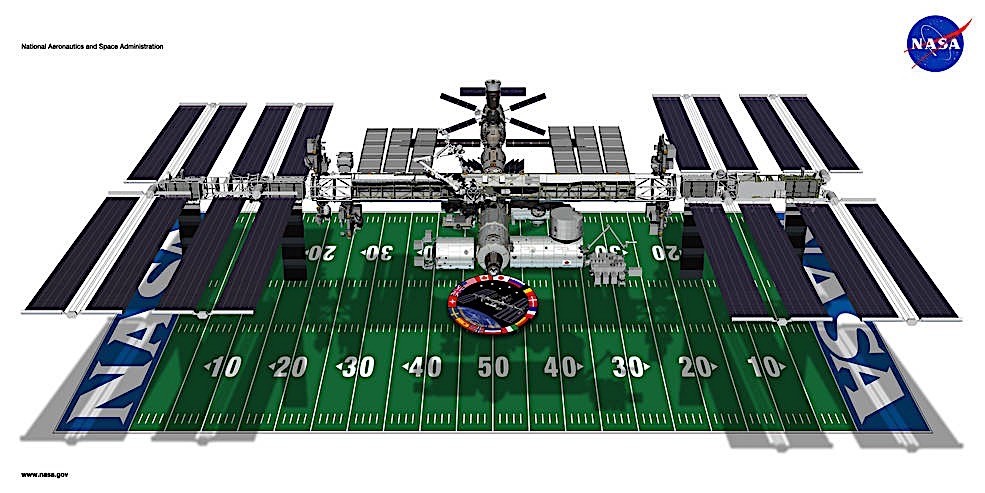The crown jewel of international cooperation in space, the International Space Station (ISS), faces a future beyond its current orbit.
While its groundbreaking scientific achievements will continue to inspire, its operational lifespan is reaching its limit.
Decommissioning such a massive structure isn’t a simple matter of letting it drift away. An uncontrolled re-entry could result in a catastrophic debris shower, posing a serious threat to people and property on Earth.
To ensure a safe and controlled descent, a meticulously crafted plan is taking shape. Spearheading this crucial mission is SpaceX, awarded a substantial $843 million contract by NASA. Their role? To engineer a spacecraft capable of carefully guiding the ISS out of its current orbit and back toward Earth’s atmosphere.
The complexity of this de-orbiting maneuver rivals any Artemis program mission. Success hinges on close collaboration between NASA and SpaceX, alongside international partners like JAXA (Japan Aerospace Exploration Agency) and Roscosmos (Russian Space Agency).

Every detail, every second, will be meticulously planned to ensure a controlled re-entry and a safe conclusion for this iconic chapter in space exploration.
Decommissioning the International Space Station (ISS) requires a carefully choreographed ballet in space. SpaceX is building a dedicated spacecraft, likely based on their Dragon design, to nudge the massive station (roughly the size of a football field and weighing over a half million kilograms) out of orbit.
This intricate maneuver will involve a rendezvous with the ISS, followed by thruster firings to slow the station down. The key is pinpointing the exact time and location for re-entry to ensure a safe splashdown in a remote ocean zone, avoiding populated areas.
This challenge echoes the demises of previous space stations like Mir and Skylab, though both ultimately met their fiery end without incident.
The success of SpaceX’s solution will set the standard for future decommissioning of large space stations, ensuring a safe and controlled farewell for these technological marvels.
While the ISS has a few productive years ahead, its retirement looms large on the horizon, with SpaceX poised to lead the decommissioning effort around 2030.

